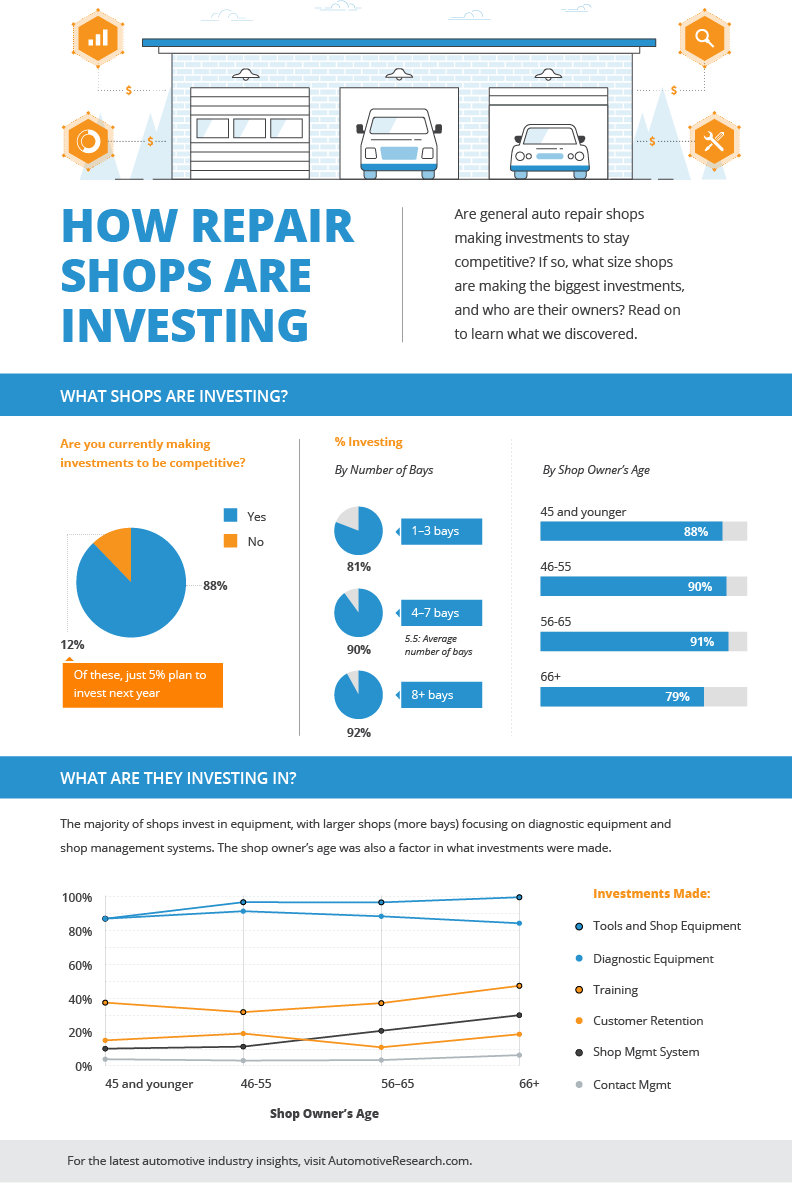Understanding Your Auto'S Caution Lights: What Do They Really Mean?
Understanding Your Auto'S Caution Lights: What Do They Really Mean?
Blog Article
Authored By-Lim Torres
When you're behind the wheel, those radiant warning lights on your dashboard can be a little bit difficult. Do you recognize what they're attempting to inform you concerning your auto's wellness? Comprehending the importance of these lights is vital for your security and the durability of your lorry. So, the next time one of those lights pops up, wouldn't you wish to understand its message precisely and take the necessary steps to address it?
Common Warning Lighting and Interpretations
Determine common caution lights in your auto and comprehend their definitions to ensure secure driving.
The most typical warning lights consist of the check engine light, which signifies problems with the engine or emissions system. If this light begins, it's essential to have your automobile examined immediately.
The oil stress alerting light suggests low oil pressure, needing instant attention to avoid engine damages.
A blinking battery light could recommend a damaged charging system, potentially leaving you stranded otherwise attended to.
The tire stress monitoring system (TPMS) light informs you to low tire stress, affecting automobile stability and gas performance. Neglecting this can lead to dangerous driving conditions.
The ABS light indicates an issue with the anti-lock stopping system, compromising your ability to quit promptly in emergencies.
Last but not least, the coolant temperature warning light warns of engine getting too hot, which can lead to severe damage if not solved swiftly.
Comprehending these typical caution lights will help you address concerns promptly and keep safe driving conditions.
Value of Prompt Interest
Comprehending the common warning lights in your vehicle is only the primary step; the importance of promptly attending to these cautions can't be highlighted enough to ensure your safety when driving.
When a caution light illuminates on your control panel, it's your vehicle's means of communicating a possible concern that requires interest. Disregarding these cautions can bring about much more severe troubles later on, compromising your safety and security and potentially costing you much more in repairs.
Trigger focus to cautioning lights can prevent failures and crashes. For example, a flashing check engine light might suggest a misfire that, if left unattended, might create damages to the catalytic converter. Resolving this quickly can save you from a costly fixing.
Likewise, https://eduardokeysm.blogacep.com/36413450/wondering-about-the-significance-behind-those-dashboard-warning-lights-gain-understandings-into-their-effects-for-your-vehicle-s-safety-and-maintenance warning light might signify reduced brake liquid or used brake pads, critical components for your safety when driving.
DIY Troubleshooting Tips
If you notice a warning light on your control panel, there are a few do it yourself repairing ideas you can attempt prior to seeking expert assistance.
The very first step is to consult your cars and truck's guidebook to understand what the details caution light indicates. Occasionally go right here can be as basic as a loose gas cap setting off the check engine light. Tightening up the gas cap may fix the problem.
One more common problem is a low battery, which can cause different alerting lights. Inspecting the battery links for corrosion and guaranteeing they're safe and secure could fix the trouble.
If a warning light persists, you can attempt resetting it by disconnecting the automobile's battery for a few minutes and then reconnecting it. In addition, checking your car's fluid degrees, such as oil, coolant, and brake liquid, can assist repair warning lights associated with these systems.
Final thought
Finally, comprehending your car's caution lights is crucial for maintaining your vehicle running smoothly and safely. By quickly resolving these notifies and knowing what they indicate, you can prevent expensive repairs and prospective breakdowns.
Bear in mind to consult your car's guidebook for specific information on each warning light and act appropriately to make certain a trouble-free driving experience.
Stay informed, stay safe on the road!
